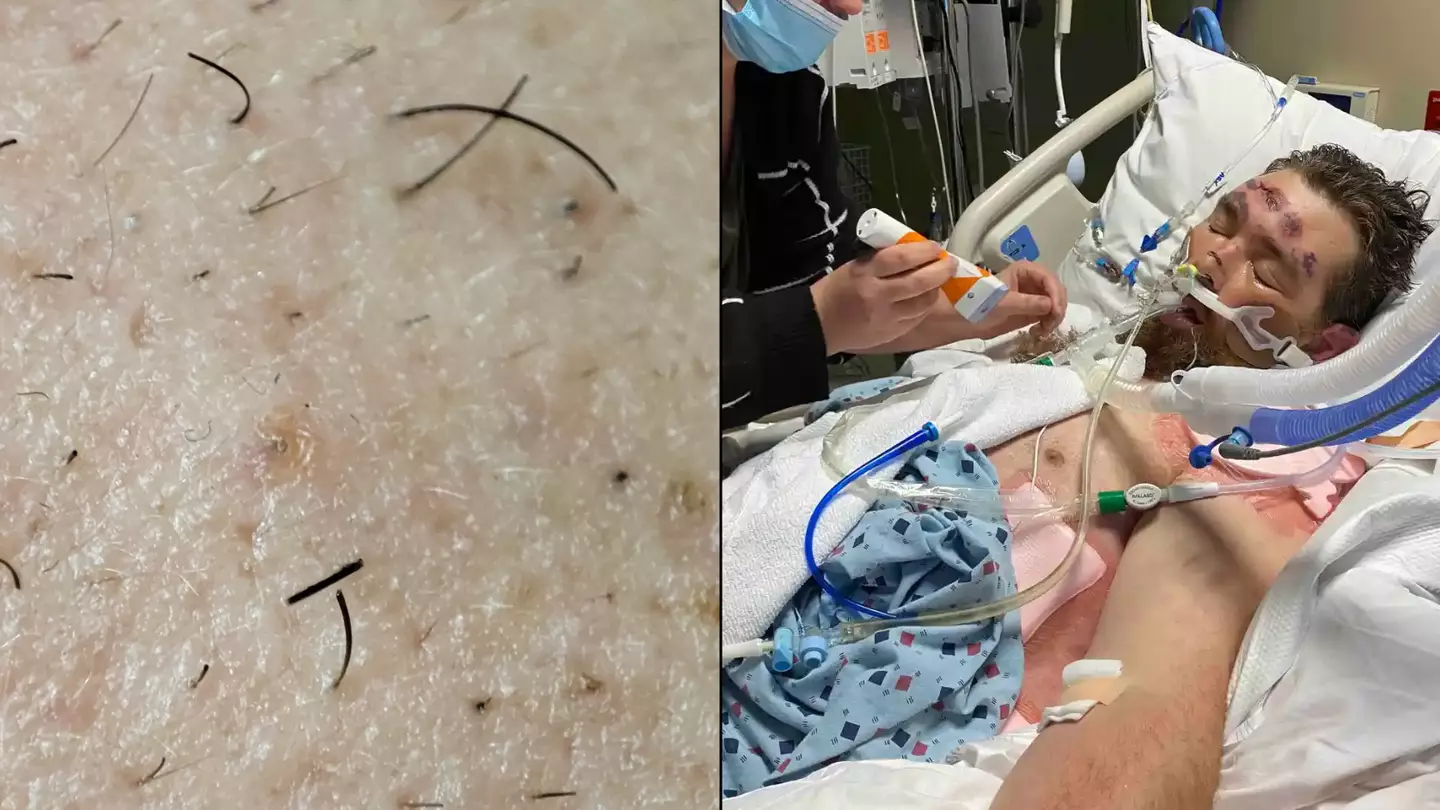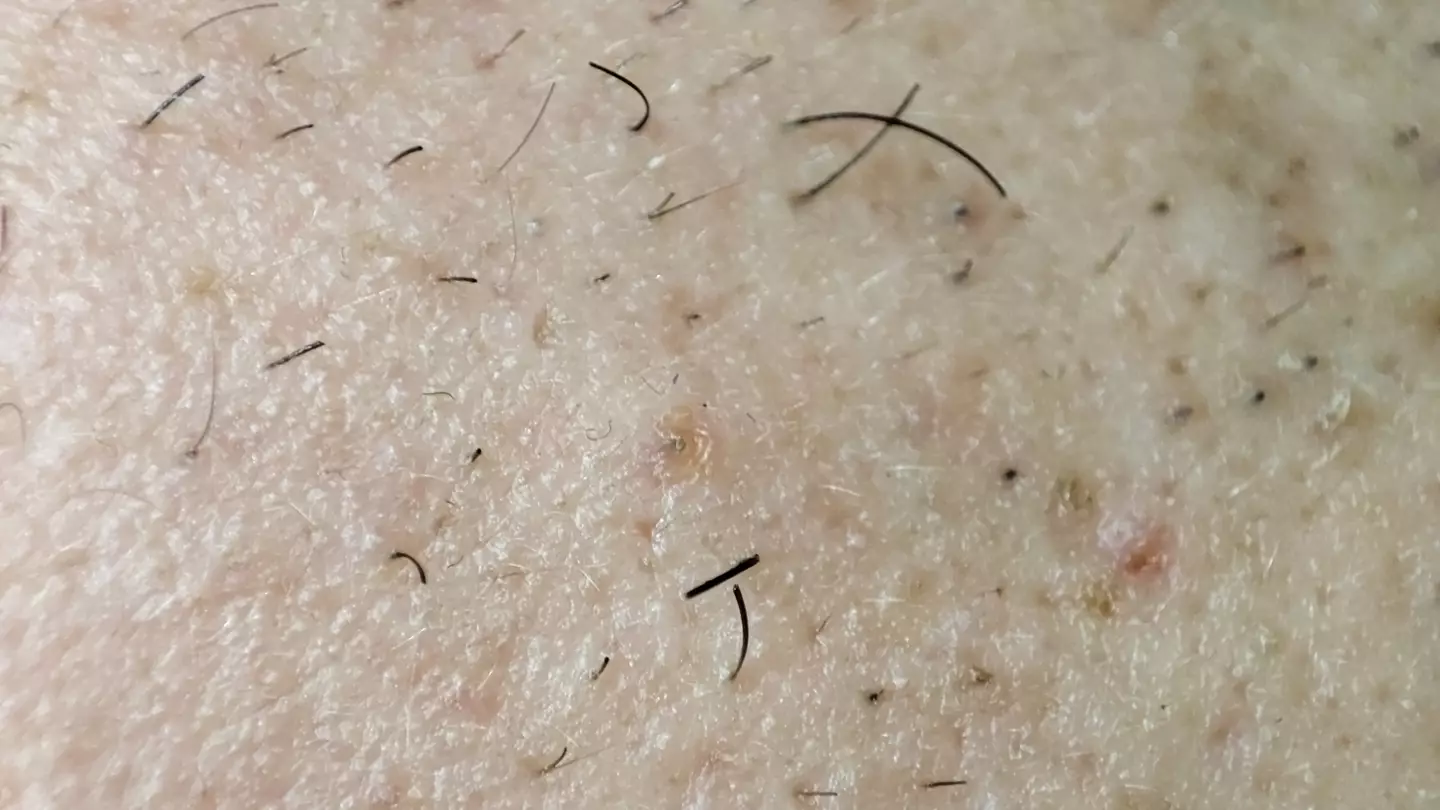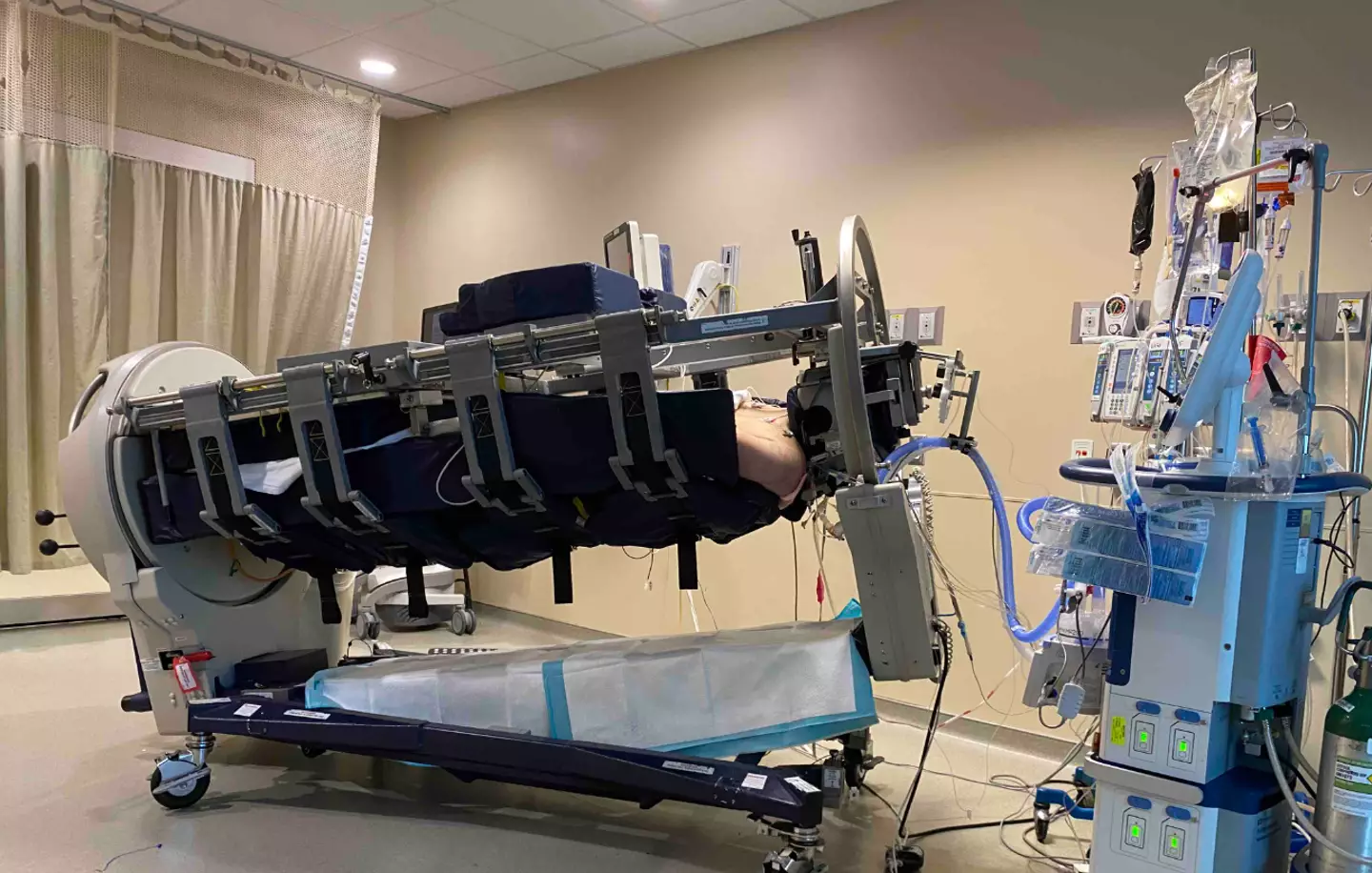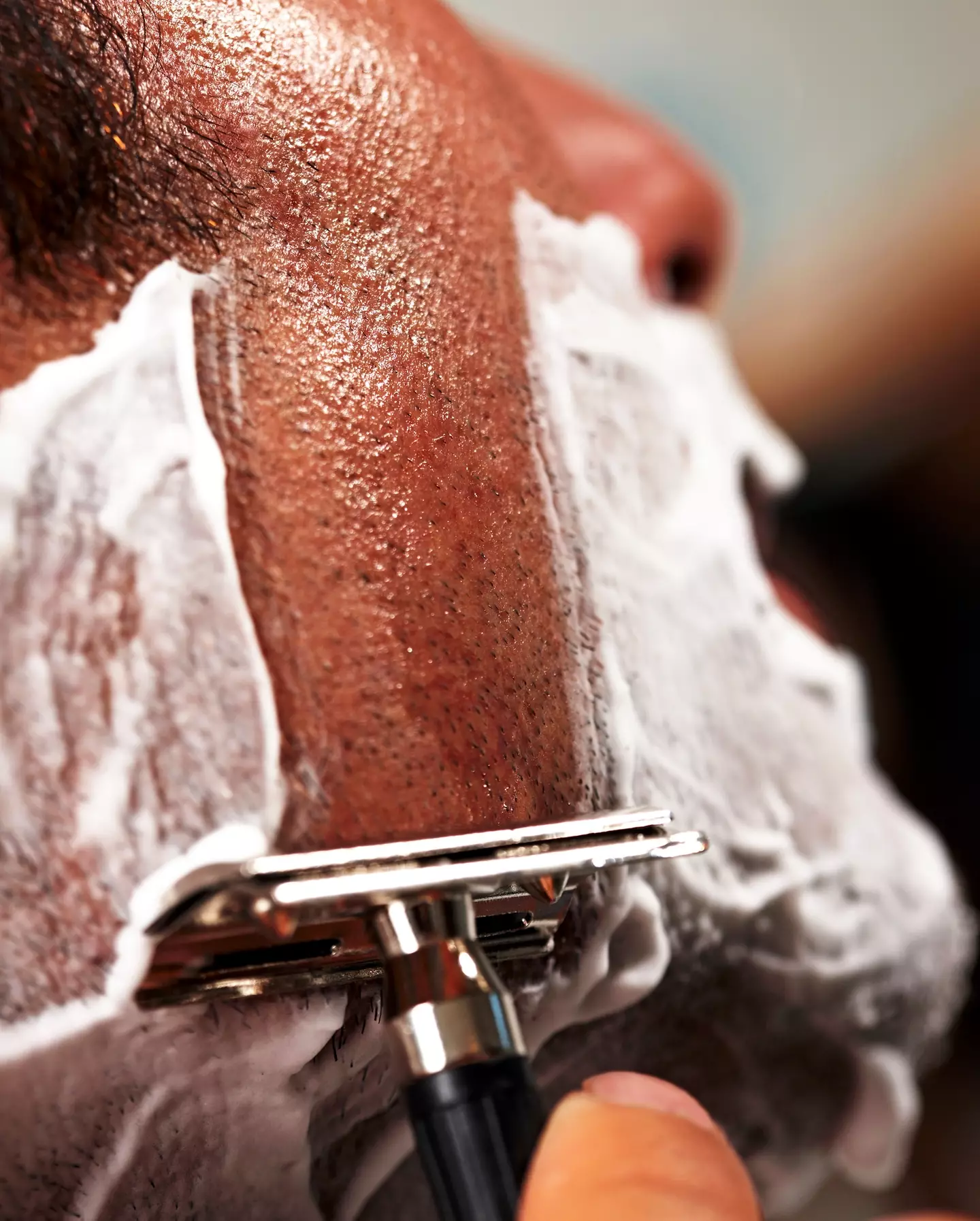
There's official medical advice on how you should go about removing ingrown hairs.
The NHS has some advice on dealing with ingrown hairs which has come into the spotlight following the condition of a man after he attempted to remove one himself, which later caused blood poisoning.

36-year-old Steven Spinale was thought to be 'brain dead', having been diagnosed with sepsis, a serious condition after your body reacts badly to an infection, after he tried to remove an ingrown hair from his groin.
Advert
If you have the life-threatening condition, your immune system overreacts, potentially causing organ failure and death.
Since being diagnosed in 2022, he has been fighting for his life, undergoing open heart surgery after being put into a medically-induced coma.
Doctors initially struggled to diagnose the father, after only working out that he was bleeding internally somewhere.
His sister Michelle has since been providing people with updates on TikTok, even creating a GoFundMe to help support his family.
Advert
He has been placed into a Roto-Prone bed several times to help to deal with his condition.

But in light of Steven's situation, there is official advice online on how you can be careful to avoid anything like this.
How do you spot ingrown hairs?
They cause raised bumps that can sometimes be itchy - this happens when a hair has grown back into the skin, though in most cases you will not need to see a GP for treatment.
Advert
On white skin, they may appear red, but they may be harder to spot on different coloured skin, or may look different colour altogether.
You may be more prone to ingrown hairs if you have coarse or curly hair.
They can be painful, and pus may build up in the bumps - they are most commonly found in areas you shave, wax, pluck or thread.
Such as:
- face and neck
- legs
- armpits
- chest
- back
- your pubic area

How to prevent/treat ingrown hairs
The obvious solution is by not shaving, but to most people this is a no-go.
Advert
But there are things you can do to best prevent ingrown hairs and heal them:
- Before shaving, wet the area with warm water and use shaving cream
- Shave in the direction the hairs grow
- Try to reduce the number of strokes during shaving
- Run the razor under water after every stroke
- Put a cool, wet cloth to the area afterwards to reduce irritation
- Use an exfoliating scrub, which can help to release trapped hairs
- Try using different hair removal methods, like hair removal creams
- Attempt long-term methods such as laser treatment
With that though, there are things that you should avoid doing:
- Don't shave too close to the skin, leaving stubble can prevent infections
- Don't use a blunt razor
- Shave every other day if possible
- Don't try to pick, scratch or squeeze ingrown hairs, not only will it damage your skin but it can cause infection.
Pharmacists can help with ingrown hairs, recommending creams, exfoliating products and even antiseptics to help fight infections.
When you should see a GP about ingrown hairs
- If an ingrown hair or area surrounding it is extremely painful, swollen or hot.
- If you spot an ingrown hair and have a high temperature, or feel hot, or unwell in general.
A GP may remove the hair with a sterile needle or scalpel, give you steroid cream to treat the irritation, or at the most, antibiotics to treat an infection.
Featured Image Credit: Getty Stock Image / GoFundMe